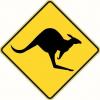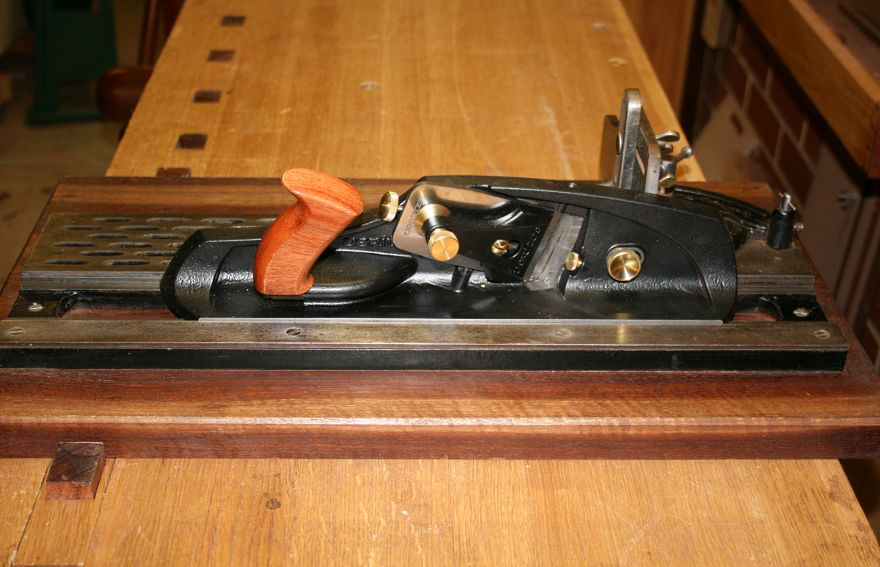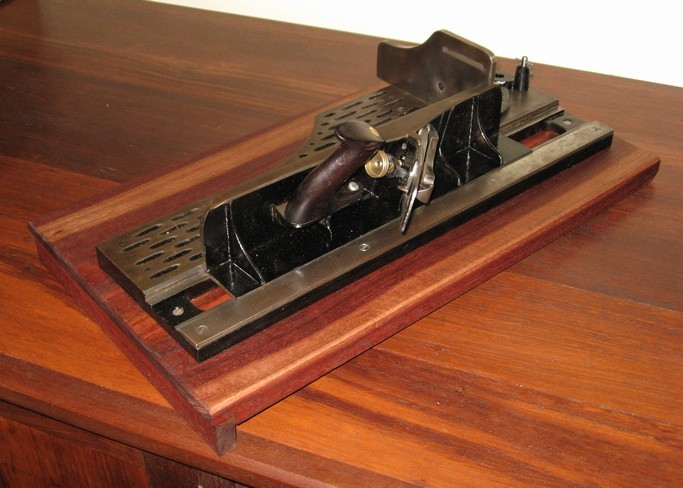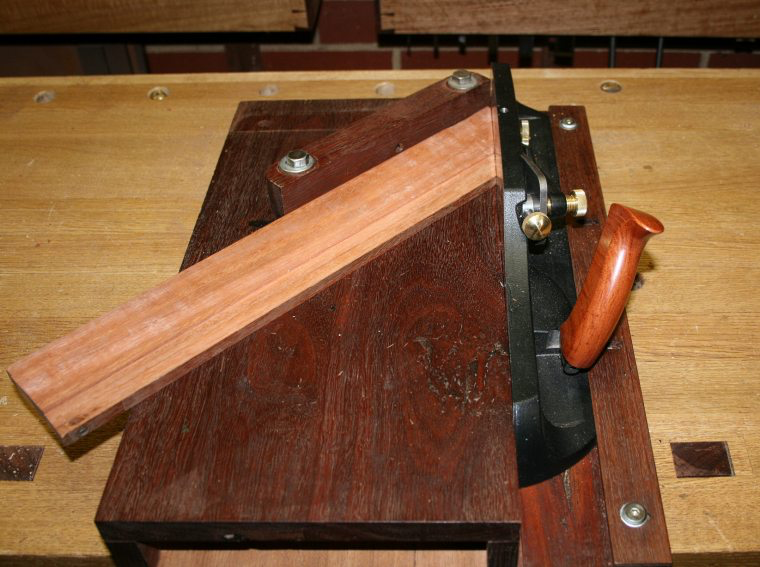Out of curiosity, why is the part that holds the work piece on most shooting boards I've seen ramped rather than the section the plane runs on? If the part that the plane runs on were angled down, and the work piece platform level, the plane would intersect the work piece at a downward angle rather than from the bottom corner of the work piece up. I realize in practice the way that most ramped shooting boards are made does not cause the work piece to lift but I'm curious why this became the standard instead of forcing the board back down into it's supporting platform. I guess the shooting board would need to be made taller so the plane would have room to angle down or it would have to be used off the end of the bench. Construction of an angled runner seems like it would be more complicated I guess.
Also, has anyone experimented with attaching an angled block of wood to the side of a normal bench plane to induce a skew cut when used on a shooting board?
Jonathan




 Reply With Quote
Reply With Quote









